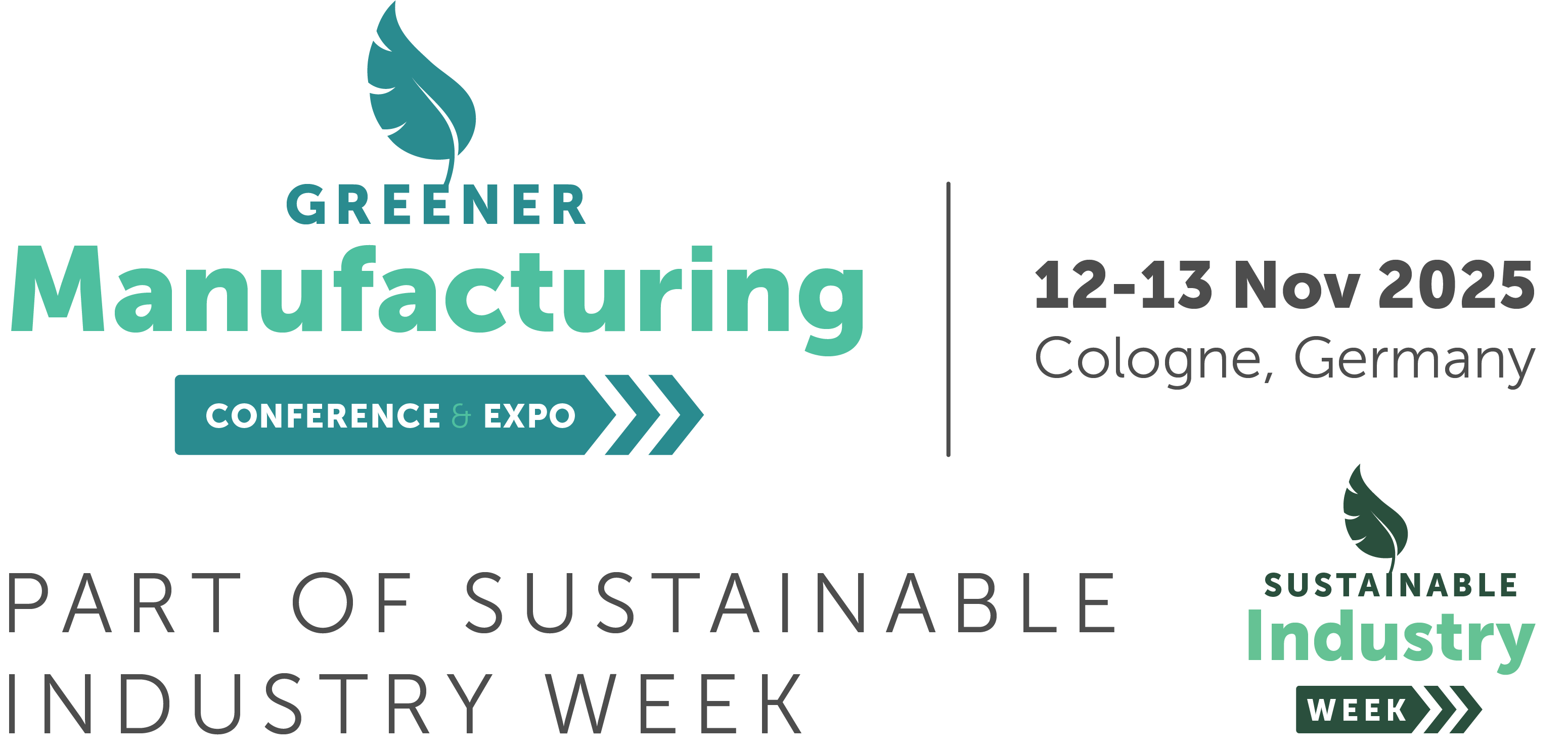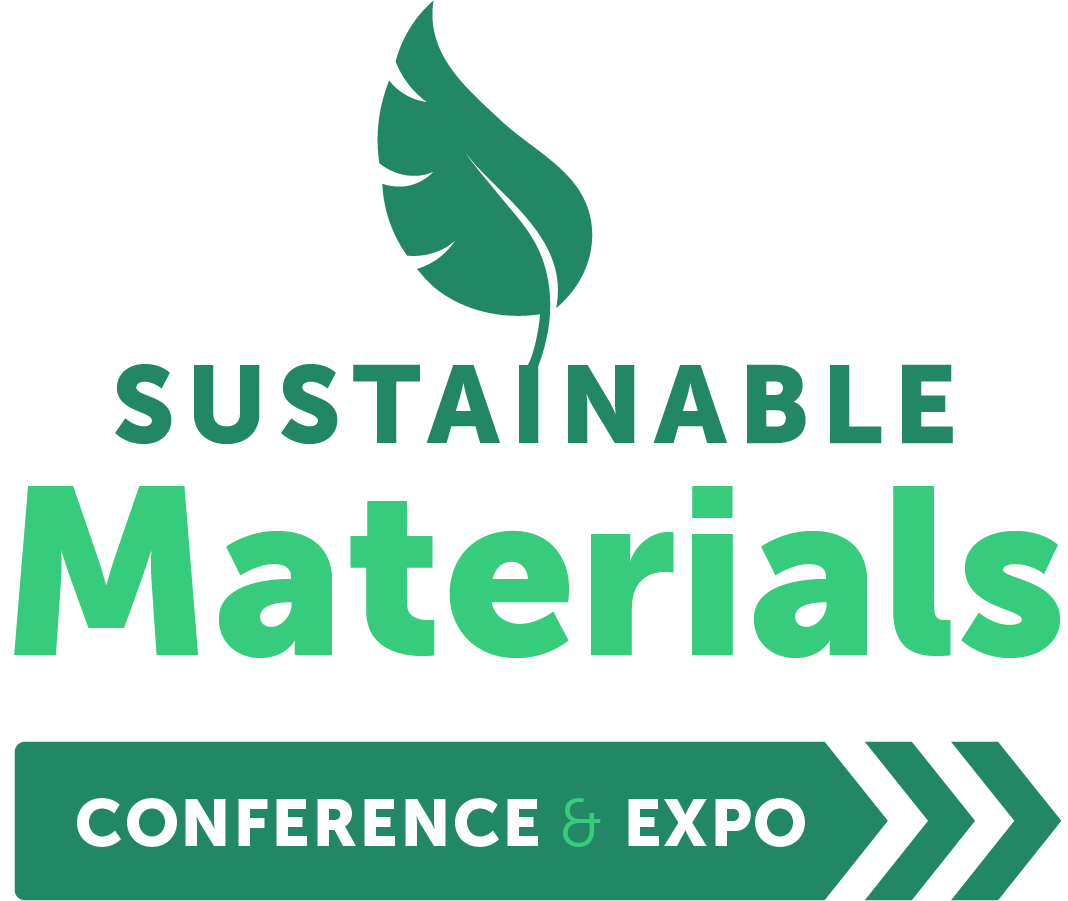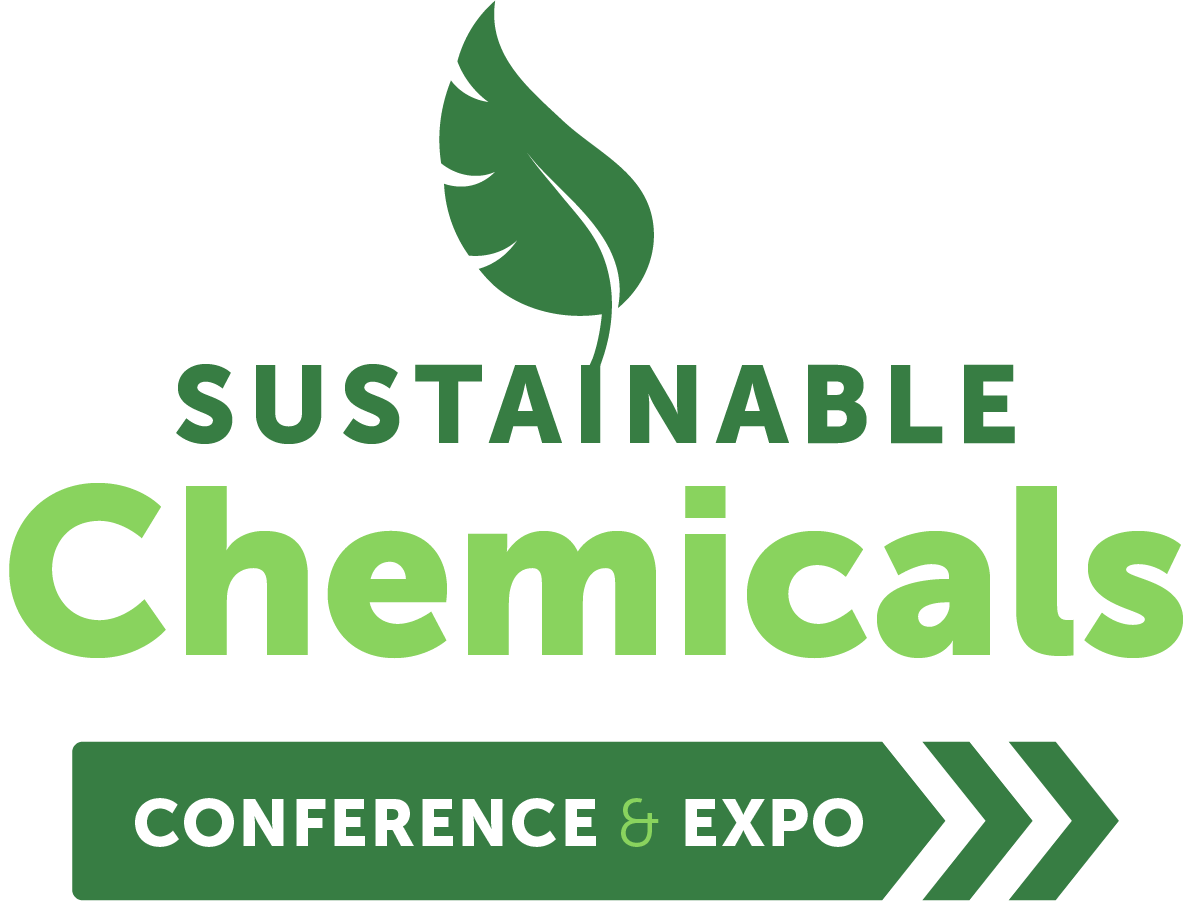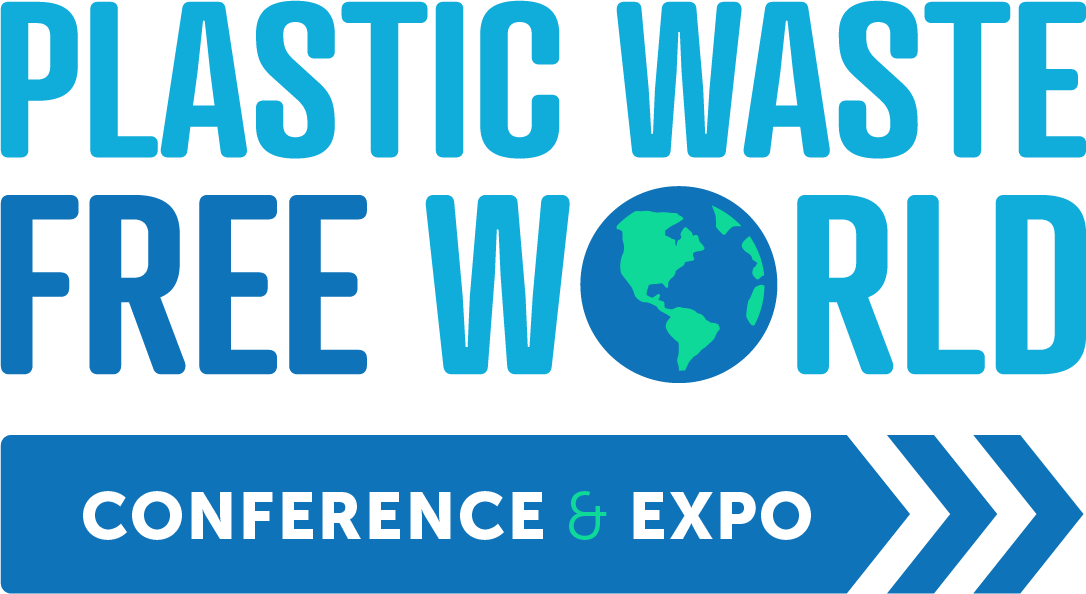A research team has discovered an innovative way to use sunlight to transform wastewater into valuable chemicals
)
Prof. GAO Xiang from the Shenzhen Institute of Advanced Technology (SIAT) of the Chinese Academy of Sciences and Prof. LU from the Harbin Institute of Technology have joined together, creating a research team, with their primary goal being to transform wastewater contaminants into valuable chemicals.
The researchers have discovered an innovative new method of producing valuable chemicals from the wastewater contaminants through using sunlight to enable the process. This new technique has opened up multiple opportunities and is clearly an excellent way to drive forwards sustainable and eco-friendly chemical manufacturing.
Up till now the normal chemical manufacturing method, used by a multitude of companies requires energy intensive processes. Recently there have been experiments to determine if using semiconductor biohybrids and integrating efficient light-harvesting materials with superior living cells, could be the breakthrough that enables the use of solar energy for chemical productions. Before the research team came along, there were still multiple challenges around finding economically viable and environmentally friendly approaches for this technology, meaning this technology has not been able to progress and grow yet.
However, with the development of this research team, along came the idea of converting pollutants from wastewater into semiconductor biohybrids directly in the wastewater environment. This is achieved through taking the organic carbon, heavy metals, and sulphate compounds which are in wastewater and using them as the raw materials for constructing these biohybrids. This allows the next step which involves converting this new feedstock of raw materials, into valuable chemicals.
Although the first step was finalised, an issue was presented concerning the composition of real industrial wastewater. This issue was presented as industrial wastewater varies in its composition of major organic pollutants, heavy metals, and complex pollutants. Normally these components are all toxic to bacterial cells and difficult for them to metabolize efficiently. High levels of salt and dissolved oxygen that require bacteria with an aerobic sulphate reduction capacity are also present in the water. This summarises why is difficult to use wastewater for bacteria feedstock.
In order to combat this issue, the researchers chose a fast-growing marine bacterium, Vibrio natriegens, for their experiment. They chose this bacteria due to its excellent tolerance for high salt concentration and its ability to utilise various carbon sources. They adapted the bacteria by introducing an aerobic sulphate reduction pathway into it, plus they then trained the engineered strain to make use of different metal and carbon sources. This resulted in a successful production of semiconductor biohybrids directly from wastewater.
Their work with this strain of V. natriegens, generated hydrogen sulphide, which then played an essential role in facilitating the production of CdS nanoparticles that efficiently absorb light. These nanoparticles, which are known for their biocompatibility, made possible the in-situ creation of semiconductor biohybrids and this allowed the non-photosynthetic bacteria to utilize light.
The results showed a huge success from this experiment, with results of the sunlight-activated biohybrids showing significantly enhanced BDO production, which surpassed yields achievable through only using bacterial cells. The researchers continued testing to discover if the process could become bigger in the future and once again received positive results through achieving solar-driven BDO production on an impressive 5-liter scale using industrial wastewater.
Prof. GAO commented, "The biohybrid platform not only boasts a lower carbon footprint but also reduces product costs, leading to an overall smaller environmental impact when compared to both traditional bacterial fermentation and fossil fuel-based BDO production methods. Remarkably, these biohybrids could be produced using a variety of wastewater sources."





